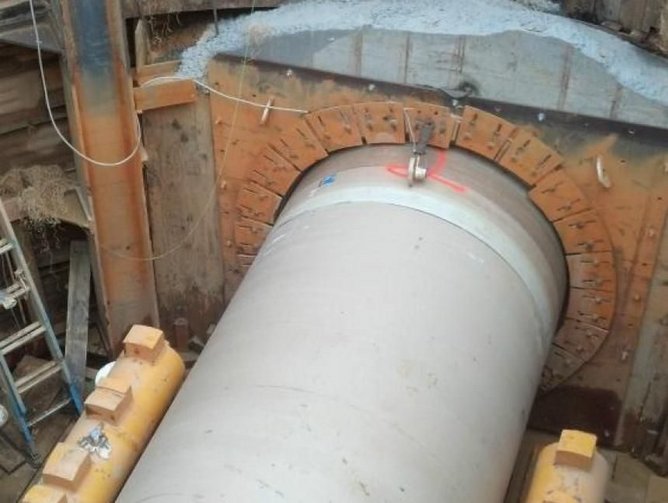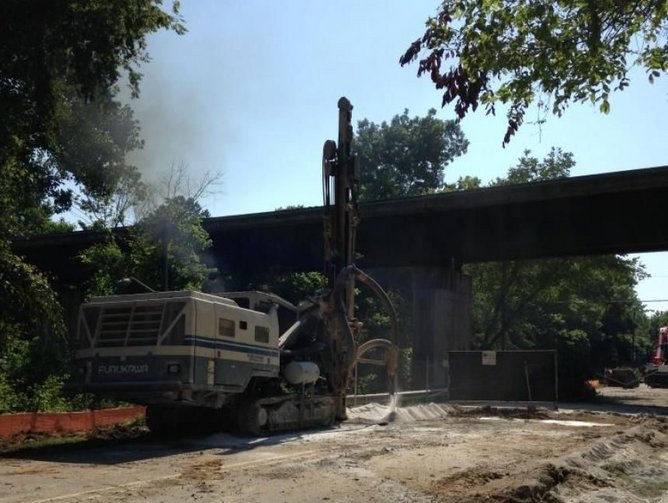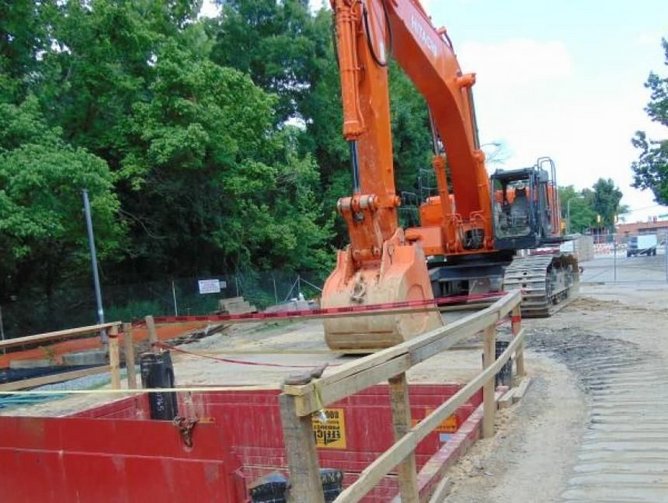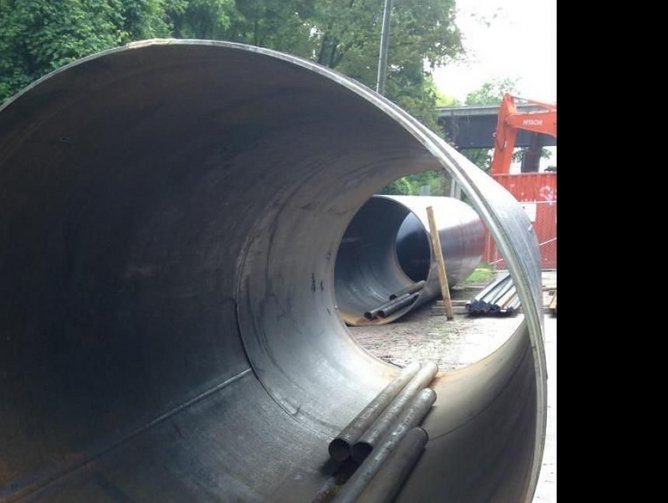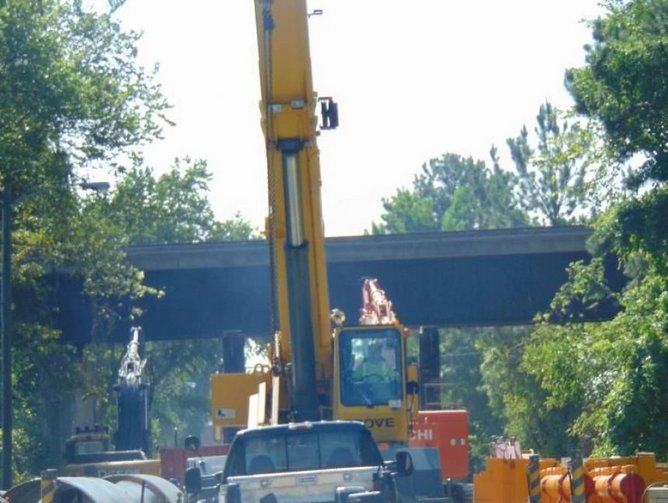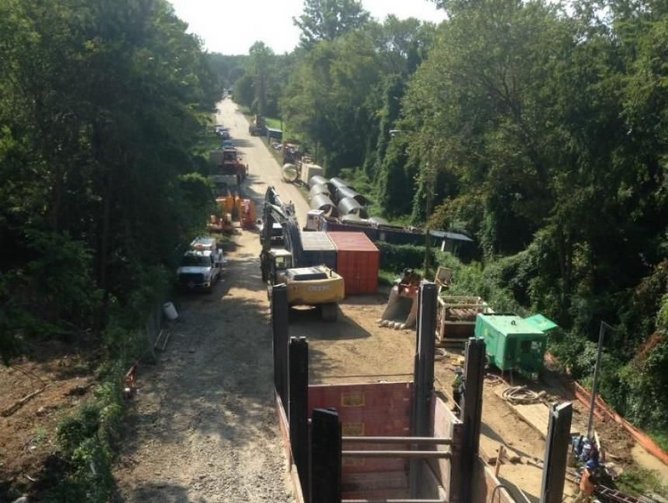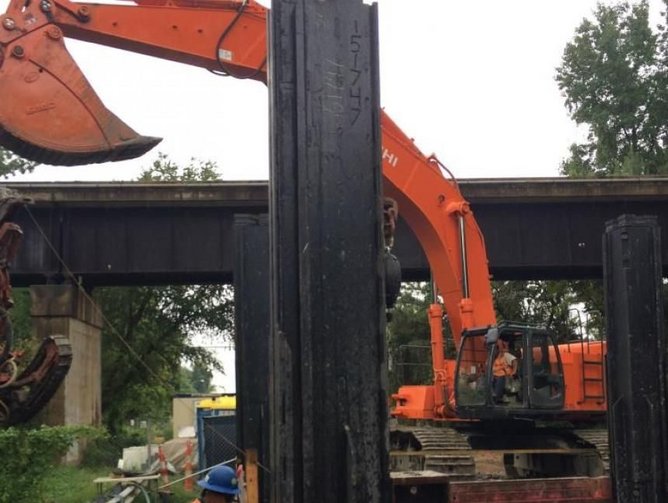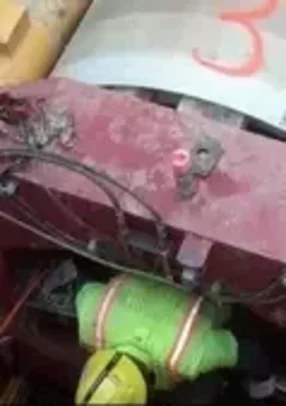Located in the heart of North Carolina, the City of Raleigh is undertaking a massive new project intended to curb wastewater overflow in the Crabtree Creek Basin.
The Public Utilities Department has commissioned the Crabtree Basin Wastewater System Conveyance Improvements Project, a three-phase plan that will improve the wastewater collection system within the Crabtree Creek drainage basin. The goal is reduce inflow and infiltration (I&I) to accommodate increases in wastewater flow during wet weather events while preventing sanitary sewer overflows (SSOs).
According to Construction Projects Administrator with the City of Raleigh Eileen Navarrete, PE, the last several years have seen more than 70 percent of its sanitary sewer overflow volume in the Crabtree Creek area.
“Our service areas include three drainage basins and Crabtree is the largest in terms of flow. This basin generates almost half the flow we see every day at our facilities and treatment plant.”
The $70 million initiative, which is part of the City’s 10-year, $1.3 billion Capital Improvement Plan (CIP), aims to provide a long-term solution to handling peak wet weather flows, as well as influx in population growth throughout eastern Wake County.
Project status
The Crabtree Creek drainage basin occupies an approximate area of 93,000 acres in Wake and Durham Counties, with about 85,000 acres in Wake County alone.
The City has already completed the first phase of the project: rehabilitating an existing pipeline and installing approximately 21,000 feet of 60” and 72” gravity sewer interceptor from the US 64/264 bypass ramp at I-440 northwest to the east side of Capital Boulevard.
The second phase of the project, which is currently underway, will include installing approximately 20,000 feet of 54” gravity sewer interceptor from Capital Boulevard to the north side of I-440 near Glenwood Avenue.
Due to the nature of the work and the area, the second phase is expected to cause far more disruption than the first.
“Phase two utilizes a very sizeable pipe that goes through residential, commercial and city property,” said Navarrete. “Because of this, we’re using several trenchless methods including microtunneling technology.”
Designed by a team at Hazen and McKim & Creed, there are eight tunneling locations along the route. Open trench construction will begin in early 2016 and last 24 months, with the project moving from east to west.
Phase three will involve improvements and expansion at the Crabtree Lift Station, which is near the intersection of US 64/264 bypass at I-440.
Inner workings
Recommenced by the City of Raleigh Sanitary Sewer Capacity Study, the Crabtree Pipeline Project is expected to bring significant benefits to community residents.
Along with minimizing overflows, which can negatively impact public health and water quality, the project will accommodate further growth and help ensure that the wastewater collection system within the Crabtree Creek drainage basin can handle future projected wastewater flows. It will also protect surface water, which can become polluted with overflows. Additionally, Phase II is funded through the North Carolina Clean Water State Revolving Fund (CWSRF). The funding is a loan with an interest rate of approximately half of a municipal bond. The interest rate difference will save the ratepayers millions of dollars in interest over the life of the loan.
Among other things, careful planning has been fundamental for the City of Raleigh to ensure the project goes well. According to Navarrete, the City has spent a significant amount of time and money on geotechnical engineering, an investment that has already paid for itself several times over.
“We’ve definitely done a lot of homework on the cost effective options that will provide us with a great product. On projects like this, it’s really important for us to buy in for the technical reasons. We did a lot of homework beforehand on different technologies and solutions that fit this situation.”
Although the project is expected to affect many citizens in the area, the City wants to ensure the most effective options are implemented.
“We’re not looking to put the cheapest material in the ground, but we’re also not looking to put the most expensive and assume it’s the best option. We’re very interested in learning about the task at hand,” said Navarrete. “We’re spending people’s hard earned money. Our purpose is to invest it wisely.”
“Our goal is to invest money in the appropriate places with the right materials and the right methods. We have to be able to stand up in front of our citizens and tell them we did it the right way,” added Navarrete.
Going the extra mile
The City’s choice in contractor, Bradshaw Construction Company, has played a major role in moving the project forward along with Moffat Pipe, who is local to the area.
“Moffat Pipe understands North Carolina rules, regulations and ordinances. They know the city and helped to make the project run smoother. They’ve been a big asset on this project,” said Navarrete.
Because a significant portion of the project involves digging tunnels under city roads, Bradshaw has been paramount in providing their expertise in microtunneling, helping to minimize disruptions for residents.
“The location of this project is going to affect lot of citizens. Bradshaw’s expertise in the technology was critical for us to get this done and ensure the less amount of disruption possible,” Navarrete said.
Taking it to the next level, the City hired a media consultant to ensure the public is well informed and updated.
“We’ve invested a lot of time and effort into a communication plan for the project to ensure citizens are kept in the know,” said Navarrete. “French West Vaughan helped us immensely through this project, assisting in putting together brochures as well as local media outreach. They’ve helped shaped the project and made it important for the City and citizen and the environment.”
“Positive things for the City of Raleigh are coming,” Navarrete concluded.
